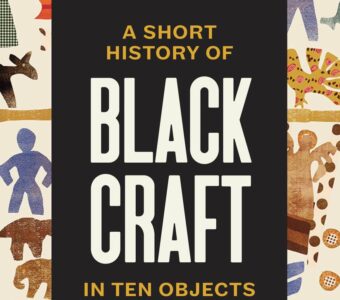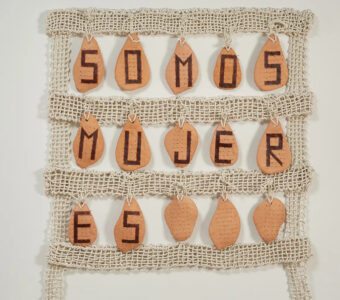Robell Awake is a chairmaker and scholar based in Atlanta, Georgia. He speaks with NPR’s Michel Martin about his new book, “A Short History of Black Craft in Ten Objects.” Listen here.

NPR: Robell Awake discusses his new book ‘A Short History of Black Craft in Ten Objects’
February 6, 2025

Artforum: “Sangre de Nopal/Blood of the Nopal: Tanya AguiÑiga and Porfirio GutiÉrrez en Conversacion/in Conversation”
AS AN INSECT long cultivated for the brilliant red dye it produces, the cochineal has occupied a fraught position between Indigenous textile practices and modern globalization. Mexican cochineal has been prized for its durability and hyper-pigmentation since its introduction to European consumers in the sixteenth century, and at one point was the most expensive dye in the world. Expanding on the insect’s role within and just beyond Indigenous Oaxacan craft, Tanya Aguiñiga and Porfirio Gutiérrez’s exhibition “Sangre de Nopal/Blood of the Nopal” at UCLA’s Fowler Museum considers how the dye remains tied to forms of labor exploitation, gendered violence, and migration, and yet also might serve as a conduit for communal memory and ancestral knowledge. The multi-site collaboration between these two artists marks the culmination of a joint residency in Mexico. The exhibition’s primary site is at the Fowler, while a companion show, “Sangre de Nopal: Traditional Ecological Knowledge and Contemporary Art,” a group exhibit emphasizing the relationship between physical ecologies and diaspora, is at the Museum of Contemporary Art Santa Barbara and on view through April 27. Read the full review here.